Poetry or Prose, intersections
House on Mango Street by Sandra Cisneros is my go to text for teaching Intro to Creative Writing. I require a literature book in each genre: poetry, nonfiction, and fiction. But, House on Mango Street is my intro to the course. I believe there are more exceptions to rules than there are rules. Cisneros’ book is magical as it crosses boundaries. Not only do we wonder: fiction or nonfiction (another discussion), but House on Mango Street, which consists of interrelated yet stand alone vignettes, is prose heavily laden with a poet’s pen of figurative language: metaphors, similes, personification, alliteration, assonance, and onomatopoeia. A mix of poetry and prose. We recognize prose by sentences and paragraphs. We recognize poetry by rhythm and sound. We experience both as we read House on Mango Street. Teaching House on Mango Street is an easy segue into teaching the craft of poetry.
figurative language: essence of meaning beyond literal
metaphor: comparison of two unlike things (more impactful than a simile)
simile: comparison of two unlike things using “like” or “as”
personification: when an inanimate object takes on a human persona
alliteration: repetition of consonant sounds
assonance: repetition of vowel sounds
onomatopoeia: a word that sounds like the sound of the word (snap, crackle, pop of Rice Krispies’ fame)
I start each class with a timed writing. This gives students time to unwind and let go of: a bad day at work, rush hour traffic, fast food, boyfriends/girlfriends, husbands/wives, kids, assignments for other classes, credit card bills, and the list goes on. Usually I give them a writing prompt. Timed writings, which ignore spelling and punctuation and grammar, allow for momentum and conscious free writing. Timed writings can also be re-versioned into prose, prose poetry, or free verse poetry.
prose poetry: paragraph(s) form; uses sentences and punctuation
free verse poetry: the poet determines what rules to follow in formatting a poem; not formal poetry like sonnets or villanelles
Similarly, I will choose a paragraph or several from House on Mango Street and ask students to rewrite the prose into poetry. This becomes a good exercise in line breaks: end stop lines and enjambment. Students are asked one by one to write a line from the prose on the white board so together they create a poem and discuss various options for the format. Later, I provide a handout with a variety of ways I have re-versioned the excerpt from House on Mango Street.
end stopped lines: a complete thought, sometimes indicated with a period
enjambment: when a poetic thought flows from one line to another
Poetry and prose can intersect in multiple ways. Prose might incorporate figurative language (we use metaphors and similes in every day conversations, whether talking or texting). Poetry can take the form of prose. As a writer, creativity is your art. It is imaginative as well as resourceful. As you create, let imagination take free rein, as you re-version let your knowledge of craft lead.
Reading Exercise: as you read House on Mango Street, search for figurative language. Write examples of found metaphor, simile, personification, alliteration, assonance, onomatopoeia.
Writing Exercise: randomly choose a few paragraphs in a book. Rewrite the paragraphs transforming them into poetry. Pay attention to line breaks. Where do you want the reader to pause; where do you want the poem to read full steam ahead? Read the poem aloud; do you pause in sync with the punctuation? Do you read on with less, or without, pause where there are enjambments?
©Sherry Quan Lee, January 10, 2016





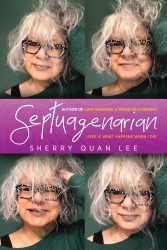
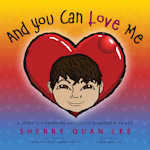
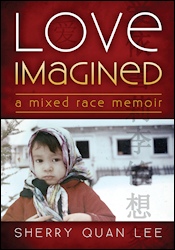
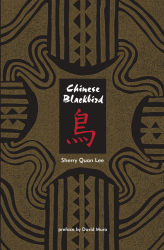
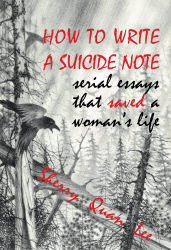

I wish I could take one of your classes…